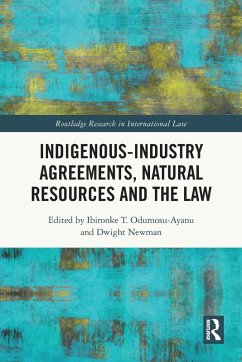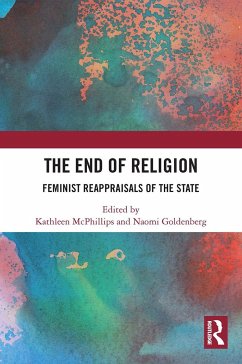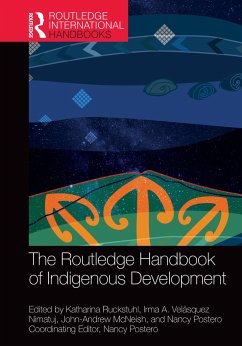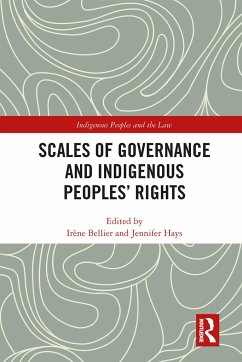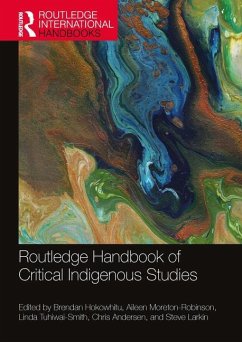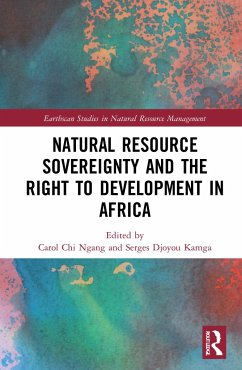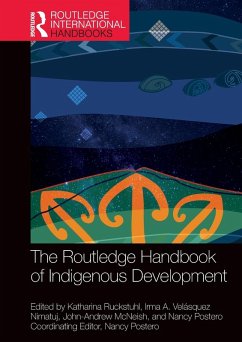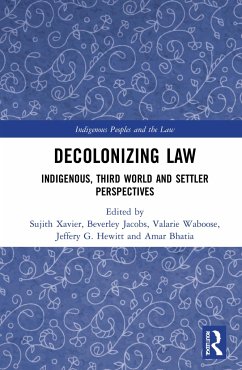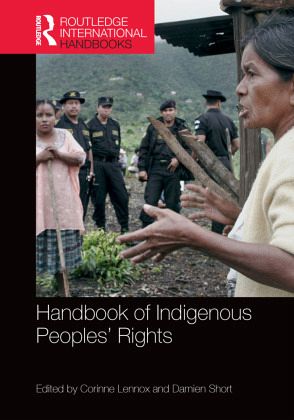
Handbook of Indigenous Peoples' Rights
Versandkostenfrei!
Versandfertig in 6-10 Tagen
308,99 €
inkl. MwSt.
Weitere Ausgaben:

PAYBACK Punkte
154 °P sammeln!
This handbook is a comprehensive interdisciplinary overview of indigenous peoples' rights. Chapters by experts in the field examine legal, philosophical, sociological and political issues, addressing a wide range of themes at the centre of debates on the rights of indigenous peoples. The book addresses not only the major questions, such as 'Who are indigenous peoples? What is distinctive about their rights? How are their rights constructed and protected? What is the relationship between national indigenous rights regimes and international norms?' but also themes such as culture, identity, geno...
This handbook is a comprehensive interdisciplinary overview of indigenous peoples' rights. Chapters by experts in the field examine legal, philosophical, sociological and political issues, addressing a wide range of themes at the centre of debates on the rights of indigenous peoples. The book addresses not only the major questions, such as 'Who are indigenous peoples? What is distinctive about their rights? How are their rights constructed and protected? What is the relationship between national indigenous rights regimes and international norms?' but also themes such as culture, identity, genocide, globalization and development, and the environment.
The book is divided into eight sections, which will each discuss and analyse a number of themes at the heart of the debates on the rights of indigenous peoples.
Part 1: Indigeneity
Part 2: Rights and Governance
Part 3: Indigenous Women's Rights
Part 4: Development and the Environment
Part 5: Mobilization for Indigenous Peoples' Rights
Part 6: Justice and Reparations
Part 7: International Monitoring and Mechanisms for Indigenous Peoples' Rights
Part 8: Regional Case Studies
This book will be essential reading for academics working in the field, students on courses in human rights, international relations, political science, philosophy, sociology and law. It will also be of interest to practitioners and activists working in the indigenous rights field and in the human rights field more generally.
The book is divided into eight sections, which will each discuss and analyse a number of themes at the heart of the debates on the rights of indigenous peoples.
Part 1: Indigeneity
Part 2: Rights and Governance
Part 3: Indigenous Women's Rights
Part 4: Development and the Environment
Part 5: Mobilization for Indigenous Peoples' Rights
Part 6: Justice and Reparations
Part 7: International Monitoring and Mechanisms for Indigenous Peoples' Rights
Part 8: Regional Case Studies
This book will be essential reading for academics working in the field, students on courses in human rights, international relations, political science, philosophy, sociology and law. It will also be of interest to practitioners and activists working in the indigenous rights field and in the human rights field more generally.




